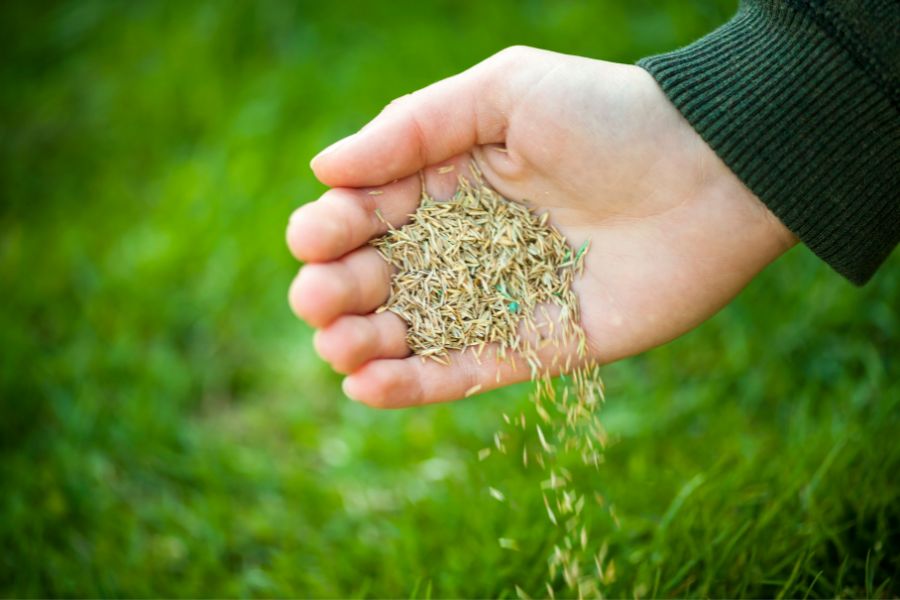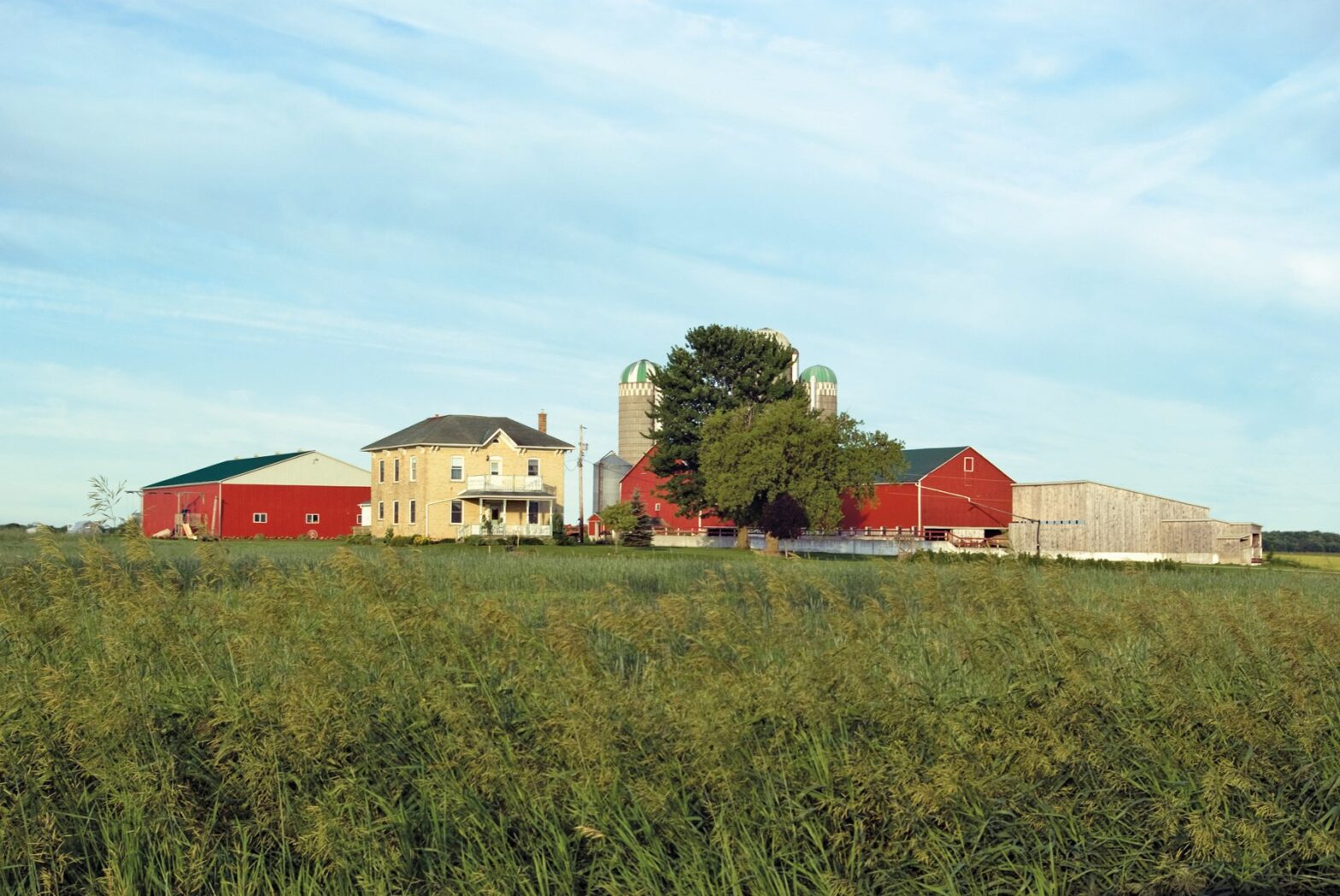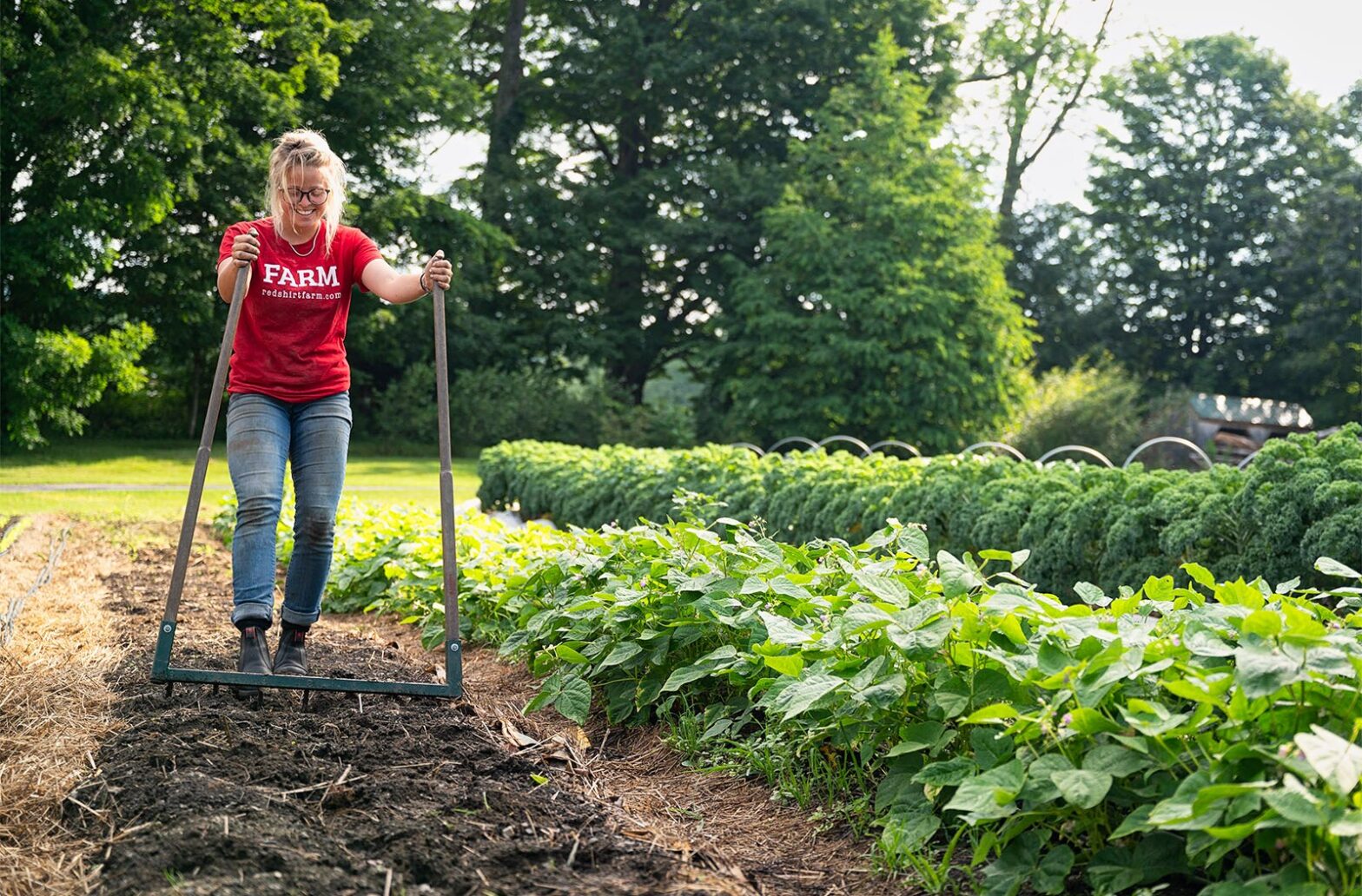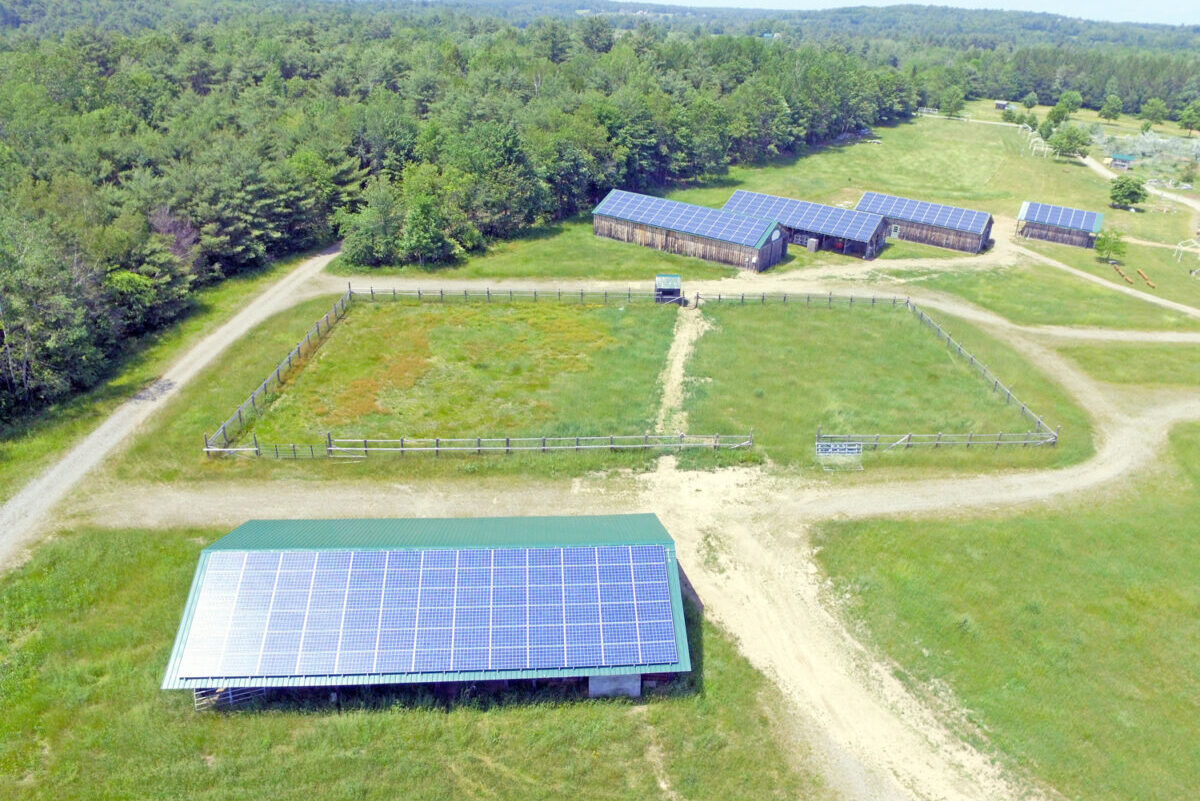The lush, vibrant green of a well-maintained lawn doesn’t just benefit the ecosystem– it’s a sight for sore eyes. However, maintaining such a lawn is not just about regular watering and fertilizing. Sometimes, it requires overseeding to fill in those sparse patches and give the property a more uniform appearance. But once you’ve overseeded, the question arises: how long to wait to mow after overseeding? This piece of information is pivotal, as mowing too early can disrupt the growth of your newly overseeded lawn and undo your hard work. This article aims to clarify this issue, so your grass seeds can flourish and produce a thriving lawn.
What is Overseeding?
Overseeding is planting new grass seeds directly over an existing lawn. This technique benefits older lawns that have begun to thin out or those damaged by drought, pests, or heavy traffic. Homeowners rejuvenate their lawns by sowing fresh grass seed without tearing up the entire yard. It’s a farming process that revives any garden or lawn when done perfectly.
What are the Overseeding Beneficial?
Filling in bare spots
Over time, certain lawn areas might become bare due to various reasons like soil compaction, shade, or foot traffic. Overseeding addresses these bare patches, ensuring an even, dense lawn.
Improving lawn density
A denser lawn looks more appealing and offers fewer opportunities for weeds to establish, leading to a healthier lawn overall.
Introducing more Drought-resistant Grass Varieties
Even during dry spells, you can maintain a greener lawn by overseeding with drought-resistant species, especially warm-season grasses. When the grass seeds from the overseeding process start to grow, they integrate with the older grass blades. This creates a more resilient and thick lawn.
This blending also means that when you mow, your grass clippings will be a mixture of old and new grass. It benefits your lawn if left behind, as they decompose and provide nutrients to the soil.
However, while it’s tempting to mow your newly overseeded lawn immediately, especially if some parts seem taller or uneven, it’s essential to wait. Mowing wet grass or a lawn that hasn’t been fully established can pull up young grass blades or the still-germinating grass seed. This will jeopardize your overseeded lawn’s health and aesthetics.
Stages of Grass Seed Germination
One of the mesmerizing aspects of nature is watching tiny grass seedlings push through the soil. But these tender beginnings are fragile, and understanding the growth stages of your overseeded grass is critical.
Water Absorption
This is the first step, where new grass seeds soak up water, kickstarting germination. These soaked seeds are vulnerable; even a simple walk across your lawn can cause damage.
Root Emergence
At this point, the new grass seedlings start sending tiny roots into the soil. It’s a tentative anchorage; mowing wet grass can disrupt these weak roots.
Shoot Emergence
Here, the first green shoots or grass blades start to appear. It’s the first visible sign of your overseeded lawn coming to life.
Factors that influence grass seed growth include soil temperature, moisture levels, and, importantly, the type of grass seed used. For instance, cool-season grasses might germinate more quickly in cooler conditions, while warm-season grasses prefer the heat.
Mowing Considerations After Overseeding
Once those fragile green tips debut, the question arises: when to mow after overseeding? With its weight and whirling mower blade, the lawn mower can be a potential hazard to a newly seeded lawn.
Why Waiting is Crucial
Even a light touch may dislodge young grass, and a lawn mower can cause more disruption. It’s not just about cutting the grass blade; the wheels and movement may uproot new grass seedlings.
Moreover, mowing wet grass, especially on a newly overseeded lawn, leads to clumps and uneven cuts. Wet grass clippings also stick to the mower, making the task cumbersome and potentially damaging young grass.
General Guideline on How Long to Wait
For most grass types, the golden rule is to wait until the new grass reaches a height of about 3-4 inches. This usually translates to a waiting period of 2-4 weeks post overseeding.
Cool season grasses might reach this height faster than their season counterparts. Regardless, ensure that your mower blade is sharp. That’s because a dull blade can tear at the grass instead of offering a clean cut, putting undue stress on the new grass.
When you finally decide to mow, approach your lush lawn carefully. Keep the mower’s setting high so you will trim and not chop off large portions of the overseeded grass.
Best Practices When Mowing After Overseeding
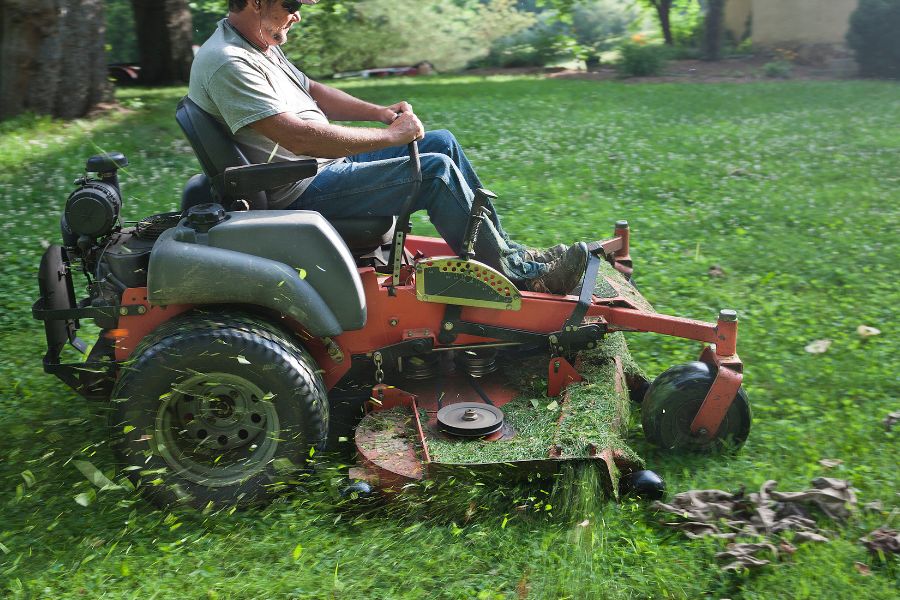
Mowing after overseeding is a delicate operation. It’s a lawn management process that requires a balance between preserving the health of your new grass blades and maintaining an aesthetically pleasing lawn. Let’s delve into the best practices to follow for this important chore.
Using a Sharp Mower Blade
The importance of sharp mower blades cannot be overstated. Dull blades tend to tear grass rather than cleanly cut it. This tearing can stress newly sprouted grass and even uproot some seedlings. Regularly sharpen or replace mower blades to ensure a clean, efficient cut.
Setting the Right Grass Height
As a rule of thumb, never cut more than one-third of the grass’s height in a single mowing session. So, if the new grass blades reach a height of three inches, adjust your mower so it only takes off one inch, leaving two inches of grass behind.
Dry Lawn Mowing
Mowing wet grass is problematic, even for an established lawn. When dealing with newly sprouted grass, the wetness makes the young shoots more vulnerable to being torn or pulled out. Always ensure your lawn is dry before mowing.
To Bag or Not to Bag Grass Clippings
While grass clippings offer nutrients back to the soil, it might be a good idea to bag grass clippings for the first few mows after overseeding. This ensures that too much grass doesn’t smother the existing lawn or new seedlings, especially if the clippings are thick or clumpy.
Understanding Your Grass Type
Different grass types have different mowing requirements. For instance, warm-season grass, like Bermuda grass, thrives when cut to a height of about one to a half inches. But this might not be ideal for other grass types. So, always tailor your lawn mowing approach to the specific needs of your grass type.
Other Important Post-Overseeding Care Tips
Watering Wisely
Newly overseeded areas require consistent moisture. However, this doesn’t mean drowning your lawn. Light, frequent waterings are ideal until the grass grows a couple of inches. After that, deeper and less frequent waterings help in developing deeper roots.
Fertilizing Facts
About 4-6 weeks after overseeding, consider a light fertilizer application appropriate for your grass type. This boosts the newly sprouted grass, giving it the nutrients it needs to thrive.
Limiting Foot Traffic
Those new grass blades are delicate, and excessive foot traffic can damage or kill them. For the first few weeks, try to minimize walking or playing in the newly overseeded areas.
A Watchful Eye
Regularly inspect your lawn for signs of diseases or pests. Early detection and treatment can save a lot of heartaches later on.
With patience and care, your lawn will transition from a patchy, thinning space to a vibrant, lush sanctuary. Whether you’ve gone for cool-season grasses or resilient warm-season varieties, your commitment will ensure a beautiful green expanse ready for barefoot walks and summer picnics.
Addressing Potential Challenges
Nature, while beautiful, is not always predictable. Even with meticulous care, there may be moments when your newly overseeded lawns face challenges. Addressing them promptly can mean distinguishing between a flourishing garden and a patchy mess.
What to Do If Seeds Don’t Germinate
Grass Type Matters
Different grasses have different germination rates. While Kentucky bluegrass might take longer to show signs of life, other varieties might sprout faster. Know the typical germination period for your chosen seed to set expectations.
Moisture is Crucial
Seeds need consistent moisture for germination. Check the soil if you’re finding patches where grass isn’t growing. Dry spots or overly saturated areas can inhibit grass growth. Watering in the early morning ensures moist soil throughout the day without the risk of evaporation.
Addressing Uneven Growth
Uneven growth can sometimes occur due to inconsistent seed distribution, varying soil quality, or even the shadow of larger plants or structures. Lightly overseeding sparse areas and giving them the same care can help address this.
Pests and Diseases to Watch Out For
Regularly inspect your entire lawn, both the existing grass and the new additions. Look out for discoloration, odd patterns, or signs of pest activity. Resolving these issues early prevent more significant problems down the line.
Conclusion
Achieving a lush, green grass carpet is every homeowner’s dream. And overseeding is a significant step toward that vision. However, it’s not merely about sowing the seeds; the aftercare often determines success. Each step enhances healthy growth from the moment you cut grass to maintaining the ideal mowing height.
Newly overseeded lawns require patience, attention, and a bit of knowledge. And while challenges might arise, with the right care and quick responses, your existing grass and new additions will integrate seamlessly.

